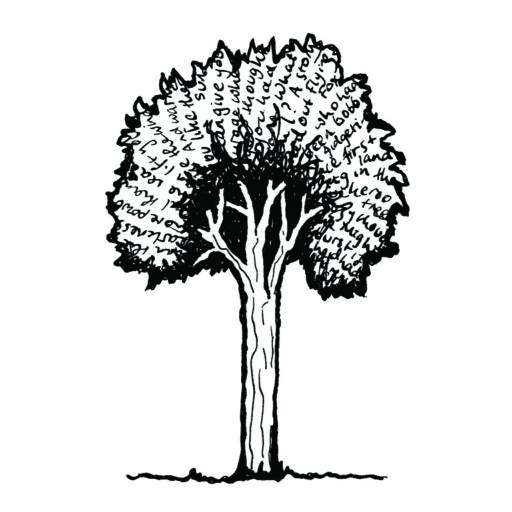
Carnaby’s Black-cockatoo
Yay – the next ‘Tree hollows are animal homes’ design is here! Thanks to the WA State Natural Resource Management Program, the Moore Catchment Council, Eucalypt Australia and Iluka, I can now offer you a free poster and colour-ins all about the hollow-dwelling fauna of the Western Australian Wheatbelt Woodlands. Scroll down to find the links….
The Eucalypt Woodlands of the WA Wheatbelt ecological community is listed as critically endangered by the Australian Government, and components of this ecological community are listed as threatened by the WA Government.
Here are my illustrations of 19 of the hundreds of animal species that call this ecosystem home. These 19 species all use hollows or fallen timber for shelter and/or nesting.

Australian Shelduck

Australian Kestrel

Chestnut-rumped Thornbill

Children’s Python (Antaresia childreni)

Eastern Barn Owl

Echidna

Elegant Parrot

Gilbert’s Dunnart

Gould’s Wattled Bat

Red-tailed Black-cockatoo

Regent Parrot

Rufous Treecreeper
Approximately 5.2 million hectares (84.8%) of the Eucalypt Woodlands of the WA Wheatbelt have been destroyed since European settlement. Many large old trees have also been removed from the 939,000 hectares of that remains, including paddock and road reserve trees. Protection of the remaining areas of the WA Wheatbelt Woodlands will allow the animals illustrated here (and many other animal species that use hollows in this habitat type) to survive and thrive into the future.

Spiny-tailed Skink (Egernia stokesii bardia)

Striated Pardalote

Tree Martin

Black-headed Goanna (Varanus tristis)

Western Pygmy-Possum

Western Rosella
The drawing of the central tree on the poster is inspired by the Salmon Gum Eucalyptus salmonophloia, but it represents the many species of Eucalyptus that grow in these woodlands. The hatched areas indicate the internal dimensions of each animal home.

Salmon Gum Eucalyptus salmonophloia
And here’s the completed poster (low res image):

A hollow that shares a number with an animal species is an example of a type of hollow used by that animal. Some animal species use a variety of hollow types, but hollow internal size and entrance width is often related to the size of the animal.1,2,3
Eucalypts need to be very old (often over 120 years old) before they start to form hollows suitable for most of the animals pictured here.2,3 Large hollows, such as those used by the Carnaby’s Black-Cockatoo and the Red-tailed Black-cockatoo are usually only found in very old trees (over 220 years old).3 This is why the preservation of large, old trees is essential for the conservation of many native animal species.
But wait… there’s more! (from Moore ![]() ) … you also get two free colour-ins to download:
) … you also get two free colour-ins to download:


There is also a tshirt design in preparation….
Thanks to Ron Johnstone, Mel Venz, Damian Morrant, Rob Davies, Fiona Falconer, Nic Dunlop and Rachel Walmsley for information and advice, and to Moore Catchment Council for making this design happen. Funding was provided by the WA State Natural Resource Management Program, Eucalypt Australia and Iluka.
References
- Goldingay, R.L. 2009 Wildlife Research 36:394-409; 2. Goldingay, R.L. 2011 Australian Journal of Zoology 59:277-294; 3. Gibbons, P.P. and D.D. Lindenmayer 2002 Tree hollows and wildlife conservation in Australia. CSIRO Publishing, Australia; Johnstone, R.E. and G.M. Storr 1998 Handbook of Western Australian Birds, Vol. 1 Non-passerines (Emu to Dollarbird). Western Australian Museum.; Mackowski, C.M. 1984 pp. 553-67 In: Possums and gliders, Smith & Hume (eds).; Morcombe, M. 2003 Field guide to Australian birds. Steve Parish Publishing, Archerfield.
If you would like a ‘Tree hollows are animal homes’ design created for your local treed ecosystem, please get in touch. I am aiming to create these for every treed ecosystem in Australia, but that might take me many years! If funding is provided, I can shift your favourite ecosystem to the top of the list. Email me at paula.peeters@paperbarkwriter.com
Note that I’ve already created ‘Tree hollows are animal homes’ designs for these ecosystems:
Eucalypt Open-Forest, South-eastern Australia



Discover more from Paperbark Writer
Subscribe to get the latest posts sent to your email.
